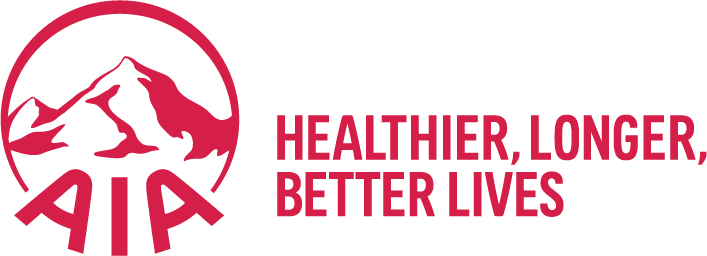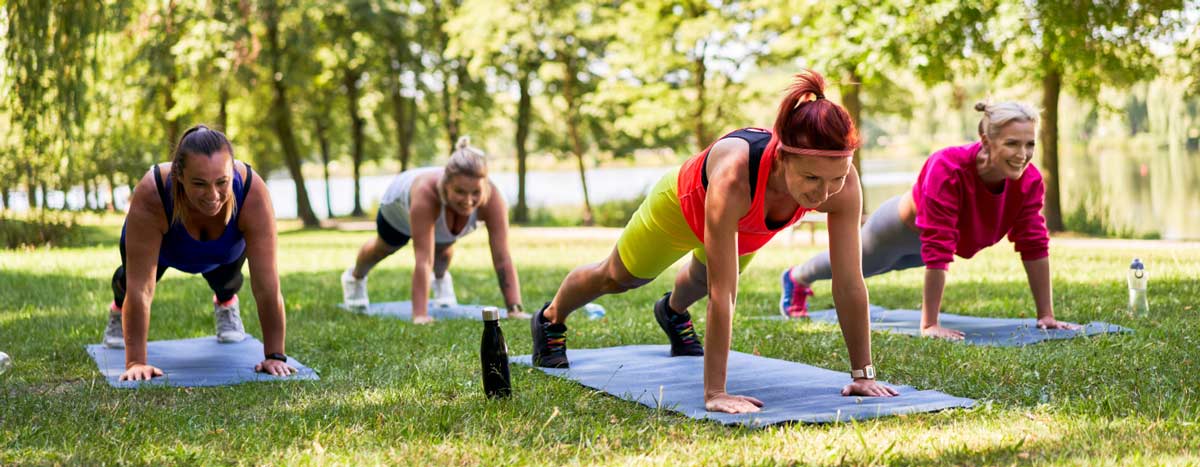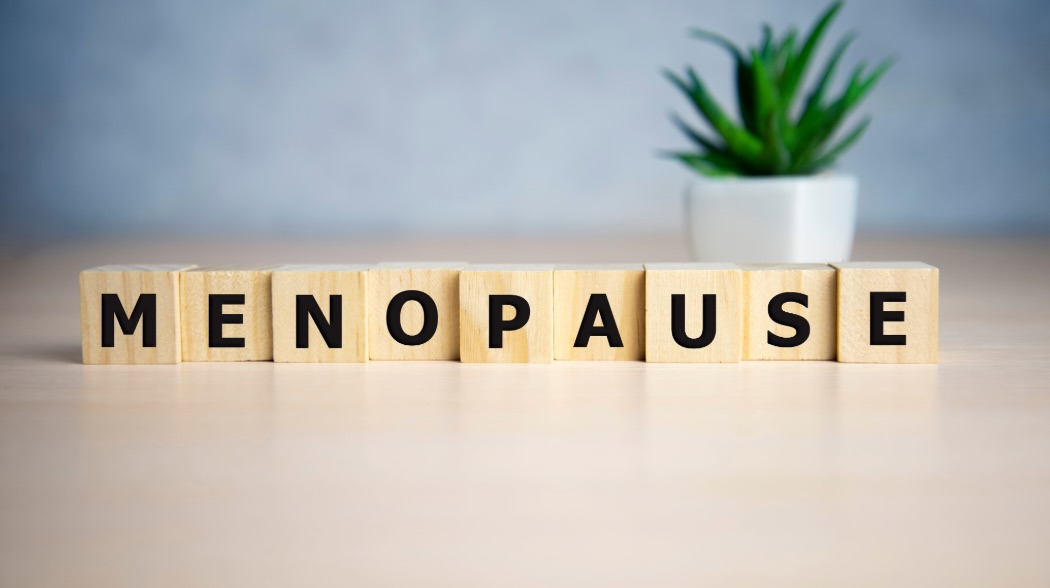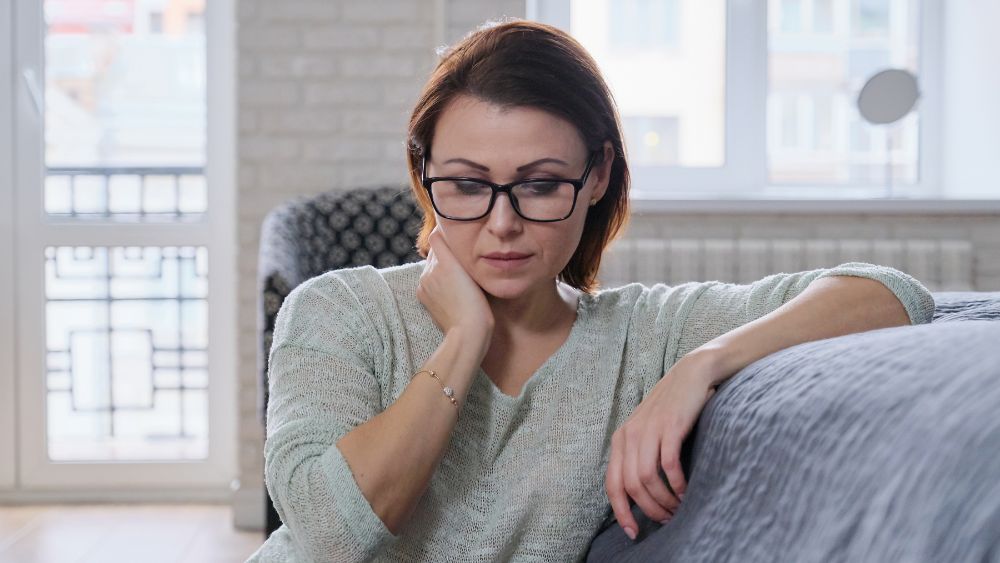Exercise is one of the most powerful ways to support our health at every stage of life. From building strong bones in our youth to protecting heart health later on, movement truly is medicine. For women, staying active is proven to become even more important during menopause.
During perimenopause and menopause, hormonal changes can affect bone density, cardiovascular health, mood, and energy levels – making regular exercise one of the most effective ways to protect long-term wellbeing.
In New Zealand, Osteoporosis NZ reports that fracture risk rises sharply after menopause due to the natural decline in oestrogen, which accelerates bone loss1. Their guidance stresses weight-bearing and resistance exercise as essential for maintaining bone strength and reducing fracture risk.
For many women, symptoms like fatigue, disrupted sleep or mood changes can make staying active feel harder. But exercise can help ease these challenges. Regular movement supports bone and heart health, boosts mood and sleep and when combined with a balanced diet, helps maintain a healthy weight.
To explore what this means in practice, we spoke with Eloise Rossouw, Clinical Exercise Physiologist at AUT, who helps women tailor safe and effective movement routines through different stages of life.
How exercise needs change
Our fundamental exercise needs don’t really change as we age, it’s more that the need for movement becomes stronger.
The earlier we start exercising, the better our long-term health outcomes, but it’s never too late to begin. As we age, consistent exercise becomes crucial for bone density, muscle strength, balance and mental wellbeing.
If you’ve exercised throughout life, you probably already know what feels normal for your body and can make small adjustments. But if you’re new to exercise, getting guidance from a professional like a qualified trainer or clinical exercise physiologist can make a big difference. Exercise should always be tailored to the individual. There’s no “one size fits all” when it comes to what’s safe and effective.
Breaking down the myths
One of the biggest misconceptions I hear is that menopause limits what women can safely do. Menopause doesn’t stop you from exercising, if anything, it’s a reason to move more!
There’s sometimes an unnecessary caution or fear around it, but most of the time, the body can absolutely tolerate and benefit from well-structured activity.
Why strength training matters
Hormonal changes during menopause, especially the drop in oestrogen, have a major impact on bone health. Our bodies are constantly breaking down and rebuilding bone tissue, which is supported by oestrogen. As those hormone levels fall, that process slows. Our bones become thinner and more fragile, recovery from injury takes longer, and fracture risk rises.
Strength training is one of the best ways to counteract this. When we lift weights or apply resistance, we place load on the bones, and bones respond by growing stronger. The higher the load or impact (when safely progressed), the greater the stimulus for bone growth.
You don’t need to be a “gym person” to do this. Start simple. You can even do it from the comfort of your own home! Body weight movements, resistance bands or basic squats and lunges, and gradually build intensity over time. If you’re not confident, seek support from a qualified trainer or Clinical Exercise Physiologist.
Even at home, you can adapt everyday objects like a backpack full of books or a sturdy step to create effective workouts.
Protecting the heart
Oestrogen doesn’t just influence our bones; it also protects the cardiovascular system. It helps our blood vessels stay flexible, supports healthy cholesterol and assists with insulin sensitivity.
When oestrogen levels drop, blood vessels can become stiffer, LDL (“bad”) cholesterol can rise, and insulin resistance may develop, all of which increase the risk of heart disease.
That’s why regular aerobic exercise is vital. Walking, running, cycling, rowing or swimming all support heart health, helping regulate cholesterol, improve vascular function and maintain insulin sensitivity. Aerobic fitness is the single biggest predictor of long-term health and longevity.
Literally, the fitter you are, the lower your risk of chronic disease.
Balancing the right mix
While every woman’s situation is different, the World Health Organisation recommends aiming for 150 minutes of moderate to vigorous aerobic activity each week, along with two to three structured strength sessions2.
As you become fitter or more experienced, three to four strength sessions a week will continue to challenge your body and maintain results.
Exercise should make you feel better, not worse. If you notice that fatigue, joint pain or hot flushes are worsening, that’s a sign to adjust frequency or intensity. For many women, three to four well planned sessions a week is enough to feel stronger, sleep better and reduce symptoms.
Recovery and listening to your body
Recovery is a key part of the process. Exercise doesn’t need to happen every day to make a difference, what matters is quality and consistency.
I would encourage women to think about how often they’re loading their bones and at what intensity, and to ensure there’s enough rest between sessions for the body to adapt.
As we age, it becomes even more important to balance training with recovery. Sustainable, well-structured routines lead to progress. Overtraining does not.
The two essentials for longevity
If I had to narrow it down, the two most important types of movement for women in their 40s, 50s and beyond are:
- Aerobic exercise – for cardiovascular and metabolic health
- Strength training – to protect bone density, muscle mass, functional independence and individual needs
It’s never too late
I work with women from their 40s through to their 80s who are building strength and fitness for the first time. Ideally, we’d all be lifelong exercisers, but meaningful benefits can happen at any age. It’s about starting at a level that feels achievable, building confidence and progressing safely.
Even in your 60s and 70s, it’s possible to improve bone density, strength and heart health. And to feel the mental lift that comes from moving your body.
My bottom line
Exercise doesn’t need to be scary or extreme. It can look different for everyone – a walk, a dance class, a gym session or a resistance workout at home. What matters is moving regularly and challenging your body in safe, sustainable ways.
Strong bones need active bodies. The best time to start exercising was yesterday, and the second best time is today.








